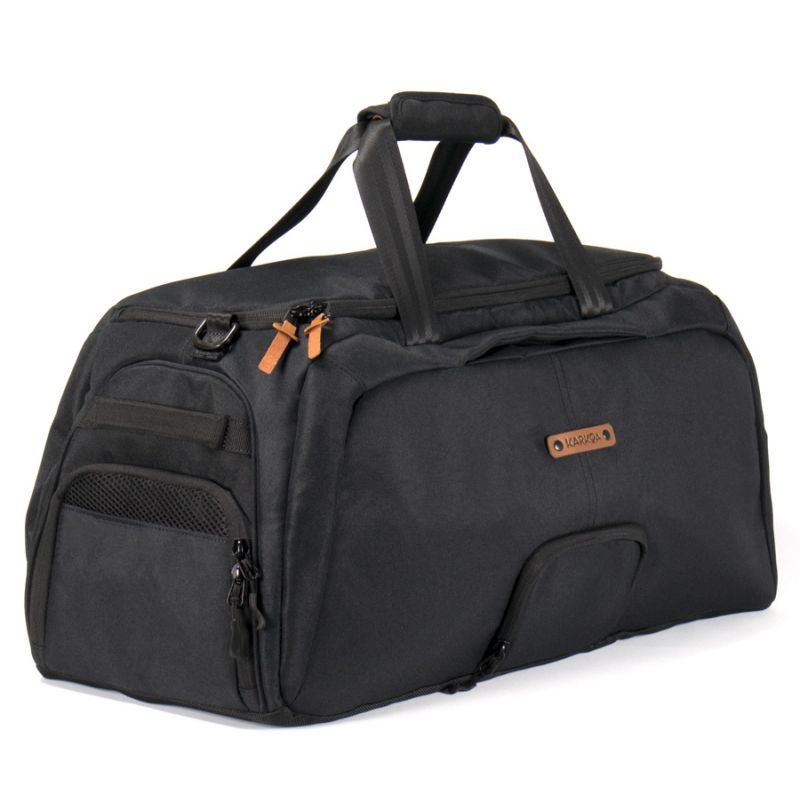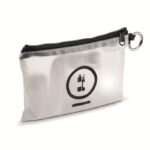Every individual is different, so it’s important to know your own heart rate zones. They will vary according to your age and physical condition. Once known, your heart rate zones will enable you to optimise your cycling training.
How do you determine your heart rate zones?
Knowing your heart rate is knowing yourself. By knowing what zone you’re in at any given time, you can determine what type of effort you can still make. Obviously, the more intense the effort, the higher the heart rate, and the shorter the effort will last.
The different heart rate zones are expressed as a percentage of maximum heart rate, or MHRax.
There are two methods for determining your FCMax.
Theoretical FCMax
The first, not very precise and very theoretical, gives you an idea of what it should be. It is 220 minus your age for a man and 226 minus your age for a woman. This means that a 20-year-old man should have a FCMax of around 200 and a woman of the same age, 206.
Practical FCMax
The second method involves determining your FCMax using an exercise test. If you can’t do the test in a laboratory under medical supervision, you can do it on the road, taking all the necessary precautions. Warm up for around twenty minutes, then do sprints, slowly increasing the intensity. The aim is to do one sprint after another, without being able to recover completely in between. When you’re ready, do four thirty-second sprints, giving it your all. At the end of this series, measure your heart rate. It should be very close to your FCMax.

What are the heart rate zones?
There are generally seven heart rate zones. To measure them, you need a heart rate monitor.
Zone 1: light intensity (< 75% FCMax)
This is the lowest zone, when the heart rate is less than 75% of the FCMax. With a FCMax of 200, for example, you are in this zone if your heart rate does not exceed 150 beats per minute during exercise. The effort can be maintained for several hours without any problem at a constant speed. You can talk quietly without getting out of breath.
Zone 2: medium intensity (< 85% FCMax)
In this zone, the effort can be sustained for three or four hours. No muscle pain is felt, and it is still possible to hold a conversation. The work is of the endurance type.
Zone 3: sustained intensity (< 92% FCMax)
The effort is already more intense. It’s harder to speak, the first pains appear and exhaustion generally sets in within two hours. We tend to work on rhythm in this zone.
Zone 4: critical intensity (< 96% FCMax)
The effort corresponds more to the high intensity found in competition, for example during a breakaway. It is difficult to hold a conversation, the pain increases but remains bearable, particularly in the legs. Exhaustion occurs after twenty minutes of effort.
Zone 5: critical intensity (> 96% FCMax)
In this heart rate zone, the effort cannot be maintained for more than five to ten minutes. Pain appears rapidly and quickly becomes unbearable in the legs. This is where we work on pain tolerance.
Zone 6: sub-maximal intensity (100% FCMax)
The pain in this area is close to nausea. It’s a particularly violent and short effort, lasting between thirty seconds and a minute, like the kilometre on the track for example. This helps to work on lactate tolerance.
Zone 7: maximum intensity
The effort is particularly intense. It is literally an explosion lasting just a few seconds. The rider is almost apnoeic during the effort, then hyperventilates afterwards. Cyclists typically find themselves in this situation during a short sprint or at the start of a race.
How can heart rate zones be used in cycling training?
By knowing your own heart rate zones, it will be possible to work differently depending on the results you are looking for. If the aim is to lose weight, you’ll need to work in zone 1. During endurance exercise, which is not very intense but is long, the body will mainly draw on its fat reserves to provide the necessary energy.
During a violent effort, it’s more likely that fast sugars will be consumed. An appropriate diet and good hydration are therefore essential.
Knowing your FCMax, you’ll be able to determine your different cycling heart rate zones.
If you want to work on your endurance, you’ll be in zones 1 and 2.
Zone 3 is ideal for working on your rhythm.
If you’re training for a time trial, work in zone 4, and in zone 5 for the pursuit.
Zone 6 will enable you to improve your skills in short-distance races, such as the kilometre on the track, and Zone 7 is reserved for sprints.
Choosing the right cycling sports bag
If you’re on the move by bike or want to keep your things organized during cycling training, nothing beats a comfortable backpack. Equipped with multiple compartments allowing you to store your belongings separately, the Karkoa bike backpacks will allow you to comfortably carry everything you need for your cycling training.
















